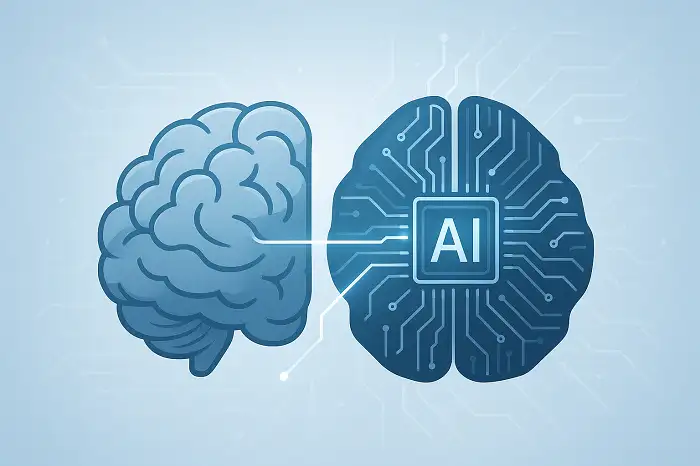Language Faculty
Language Faculty
We may assume that the linguistic theory of the language faculty is a theory of the cognitive architecture for language knowledge and acquisition.
Chomsky postulated that there is a language organ, which is part of a human’s biological endowment and which houses the universal principles and parameters without which a child would be unable to develop full linguistic competence.
It is argued that children are predisposed to create language out of whatever input they receive and do so at more than one level of representation, reflecting the structure of the Language Faculty.
The assumption that language knowledge is independent of other aspects of the mind. This independence of language from the rest of the mind comes from the unique nature of language knowledge.
Language faculty is referred to as an autonomous area of the mind devoted to language knowledge, which is separate from other mental faculties such as mathematics, vision, logic, and so on. Language knowledge is separate from other forms of representation in the mind; it is not the same as knowing mathematical concepts, for example. In this regard, as we speak of the body in terms of organs – the heart, the lungs, the liver, etc. we should also talk about the mind in terms of mental organs, – the logic organ, the mathematics organ, the common sense organ, and the language organ.
The language faculty is indeed held to be specific to the human species; no creature apart from human beings possesses a language organ. Therefore, language faculty is in conflict with ‘cognitive development’ proposed by Piaget. He argues for a continuity in which advances in language development arise from earlier acquired cognitive processes.
Language is a sort of knowledge that is not consciously learnable. Chomsky proposed and investigated a theory of the Initial State, i.e. the language faculty of the human species.
There is a specific faculty of the mind/brain that is responsible for the use and acquisition of language., a faculty with distinctive characteristics that is apparently unique to the species in essentials. Even young children both deaf and blind can also acquire language, through ‘vibrotactic’ information provided to face and neck.



